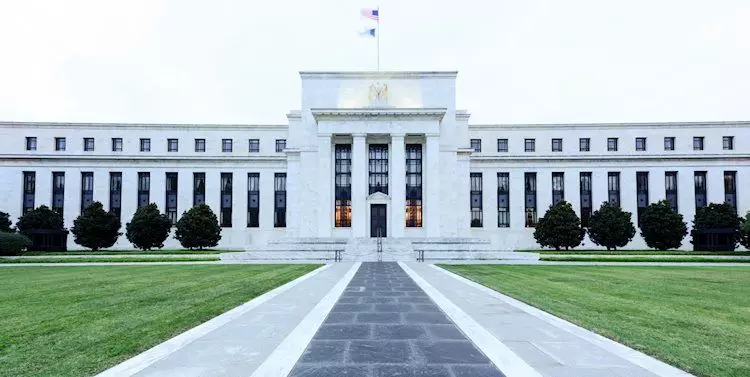In recent discussions surrounding the Federal Reserve’s monetary policy, President Alberto Musalem of the St. Louis Fed highlighted a critical concern: persistent inflation remains a significant challenge for U.S. economic stability. As inflation continues to exhibit “sticky” characteristics, characterized by its reluctance to drop to healthier levels, the Fed is finding it increasingly difficult to implement interest rate cuts. Musalem’s remarks provoke a deeper examination of the interconnectedness between inflation trends and the labor market, demonstrating that while employment statistics appear robust, underlying economic pressures persist.
Challenges in Achieving Price Stability
Musalem conveyed optimism regarding the labor market, pointing out that it displays strong fundamentals. However, this positivity contrasts sharply with the stubborn inflation figures, suggesting a complex scenario where inflationary trends complicate the Fed’s path toward achieving a consistent 2% target. Recent data indicate that not only has the risk of inflation escalating increased, but it also begs the question of whether the Fed’s efforts can effectively lead to lasting price stability. This nuanced view illustrates the difficulty in balancing a thriving job market against the backdrop of ongoing inflationary pressures.
While the overall economic narrative points towards steady growth—powered by consumption, increasing productivity, and supportive financial conditions—some sectors are experiencing heightened struggles. Notably, smaller businesses and those reliant on consumer discretionary spending are grappling with slow earnings growth. The disparity across sectors underscores the heterogeneous nature of the recovery process. Additionally, while many forecasts are optimistic for Q4, caution must be taken as recent gains in productivity may not be as sustainable as they appear. The economic landscape remains fraught with uncertainty as the Fed tries to ensure that growth does not falter while navigating inflationary threats.
Musalem iterated that the Federal Reserve’s monetary policy will continue to be “appropriately restrictive” while inflation remains elevated. This strategy points to a patient approach in assessing economic indicators before implementing rate cuts. The acknowledgment that service industry pressures are gradually easing adds another layer to the Fed’s assessment strategy, but it raises the question of whether such a trend can sustain itself amid fluctuating consumer behaviors and potential workforce disruptions.
The core inflation measures, namely the core consumer price index and the core personal consumption expenditures price index, continue to stay above desirable levels. This pivotal observation reinforces the notion that while active monitoring of job market conditions is warranted, it is unlikely that we will witness a significant downturn in employment figures—particularly given the overall health of the business sector. As Musalem projects a growth trajectory aligning closer to a 2% pace going forward, it becomes clear that coordinated efforts in monetary policy are crucial to navigating the upcoming economic challenges.
The Federal Reserve’s stance amid persistent inflation and an evolving labor market demands a comprehensive understanding of the complex interactions at play. While indicators of economic growth are encouraging, careful navigation will be essential to ensure that both inflation and growth objectives can be met harmoniously.


Leave a Reply